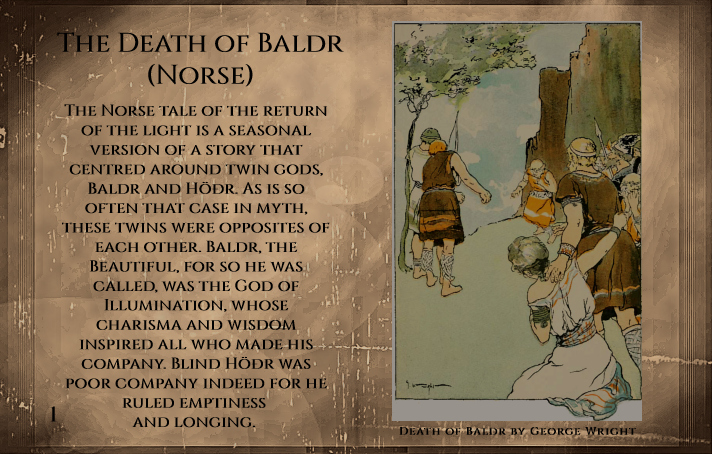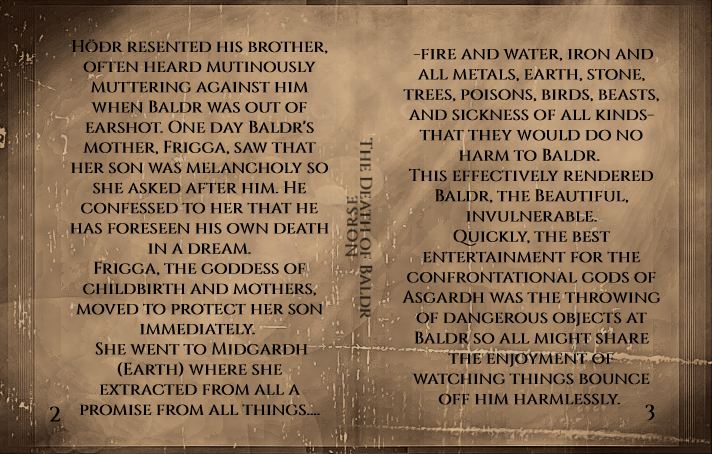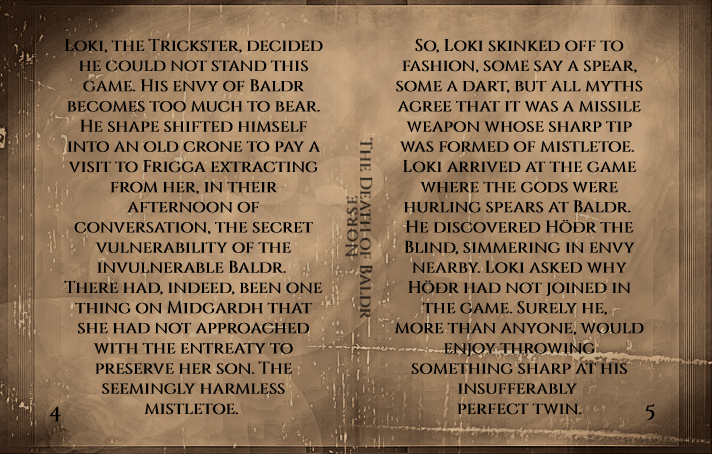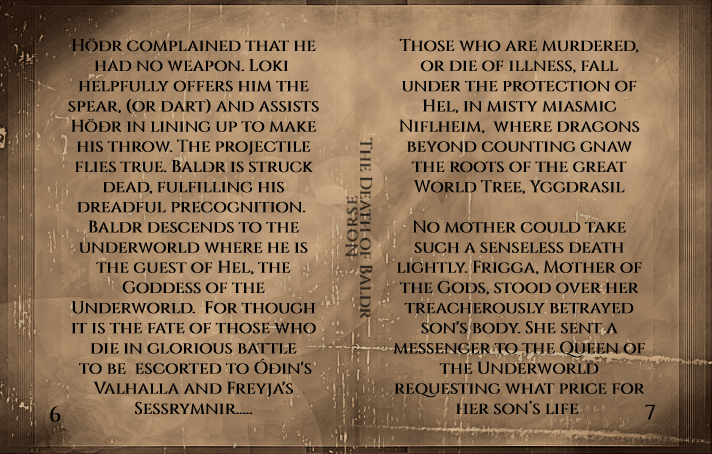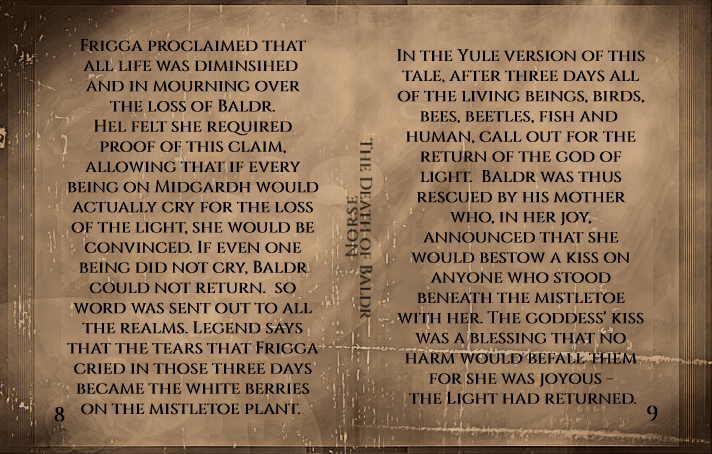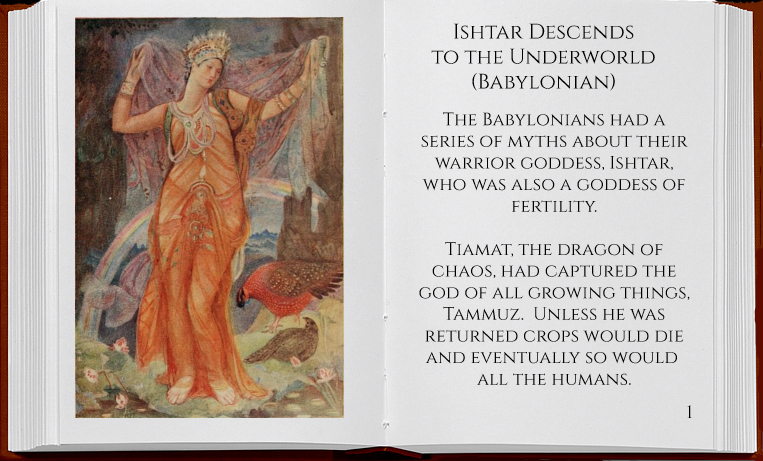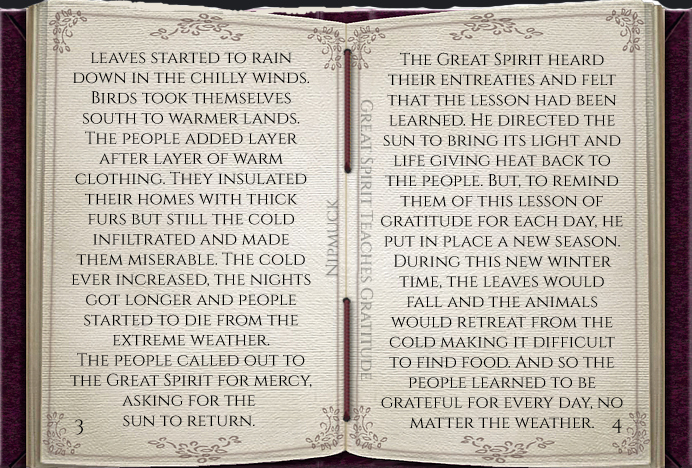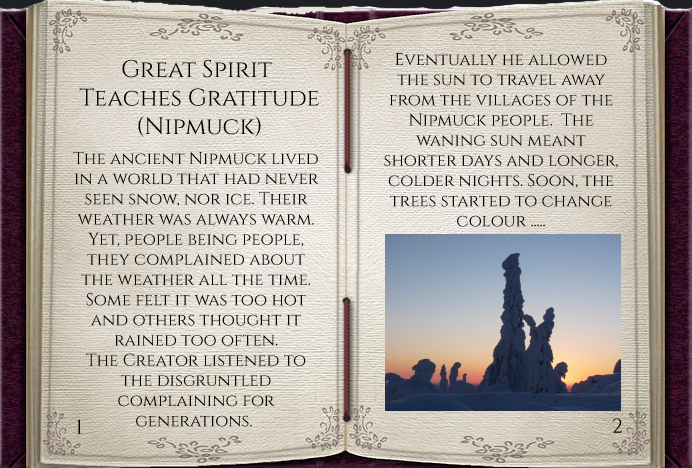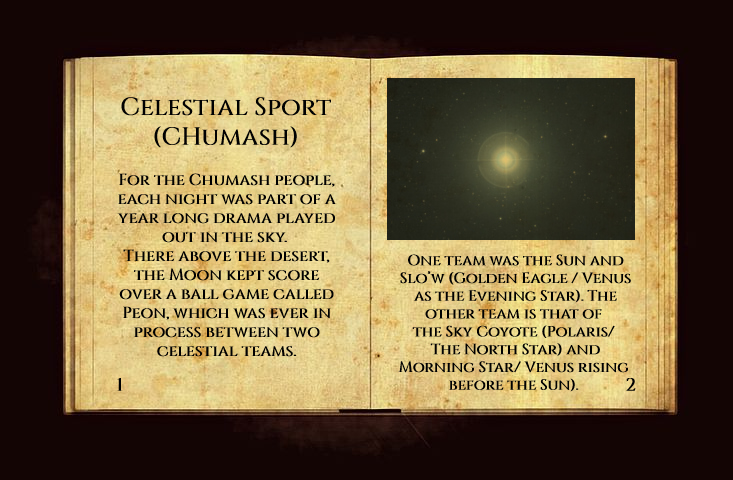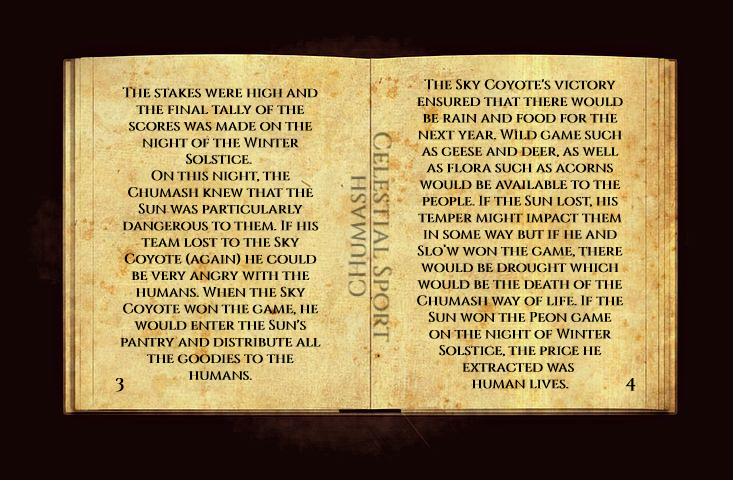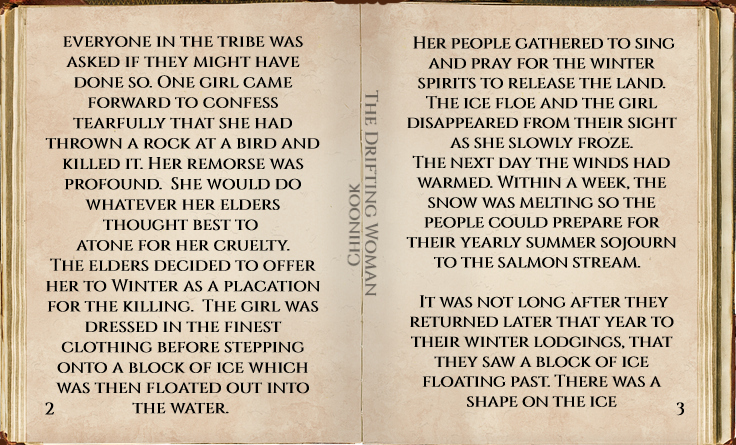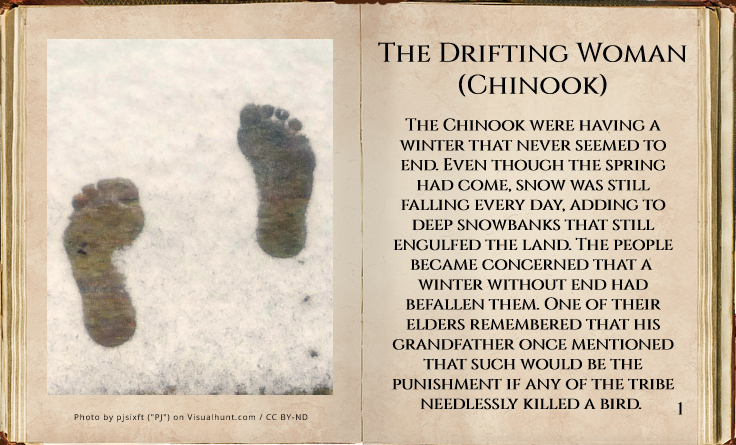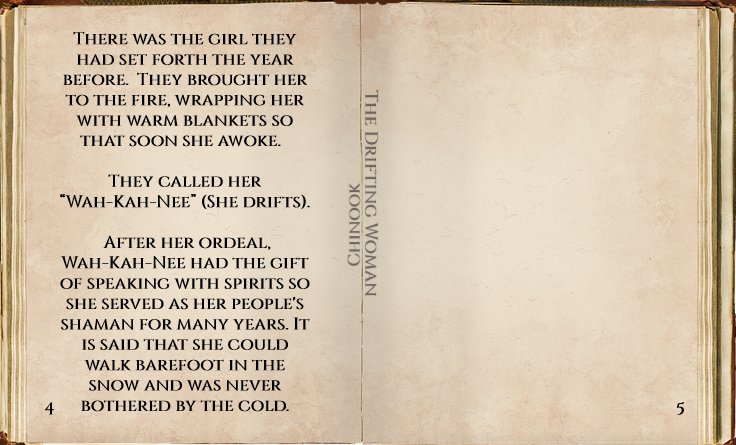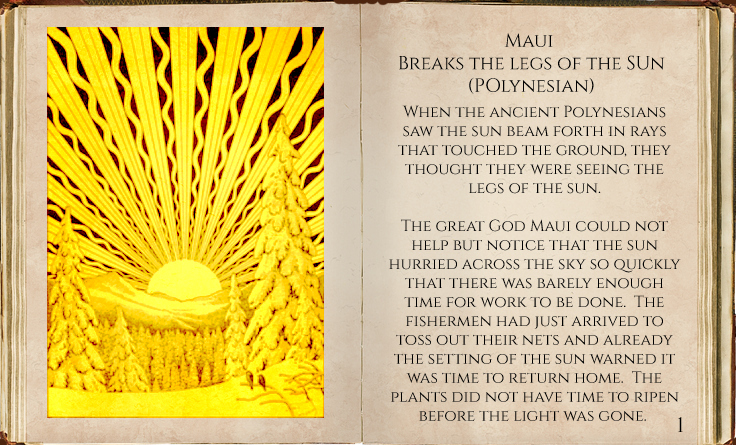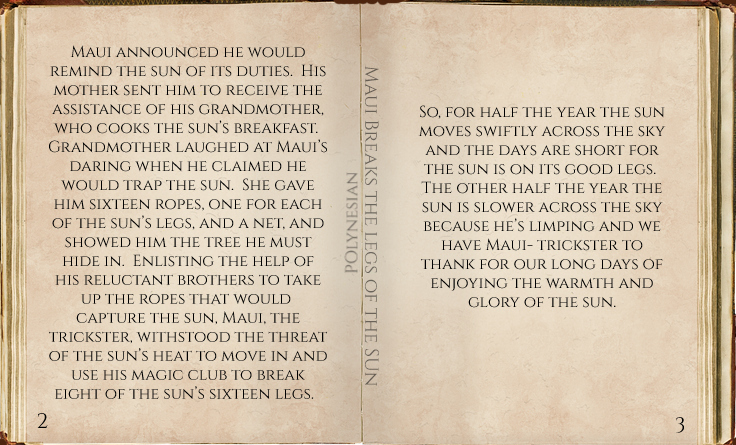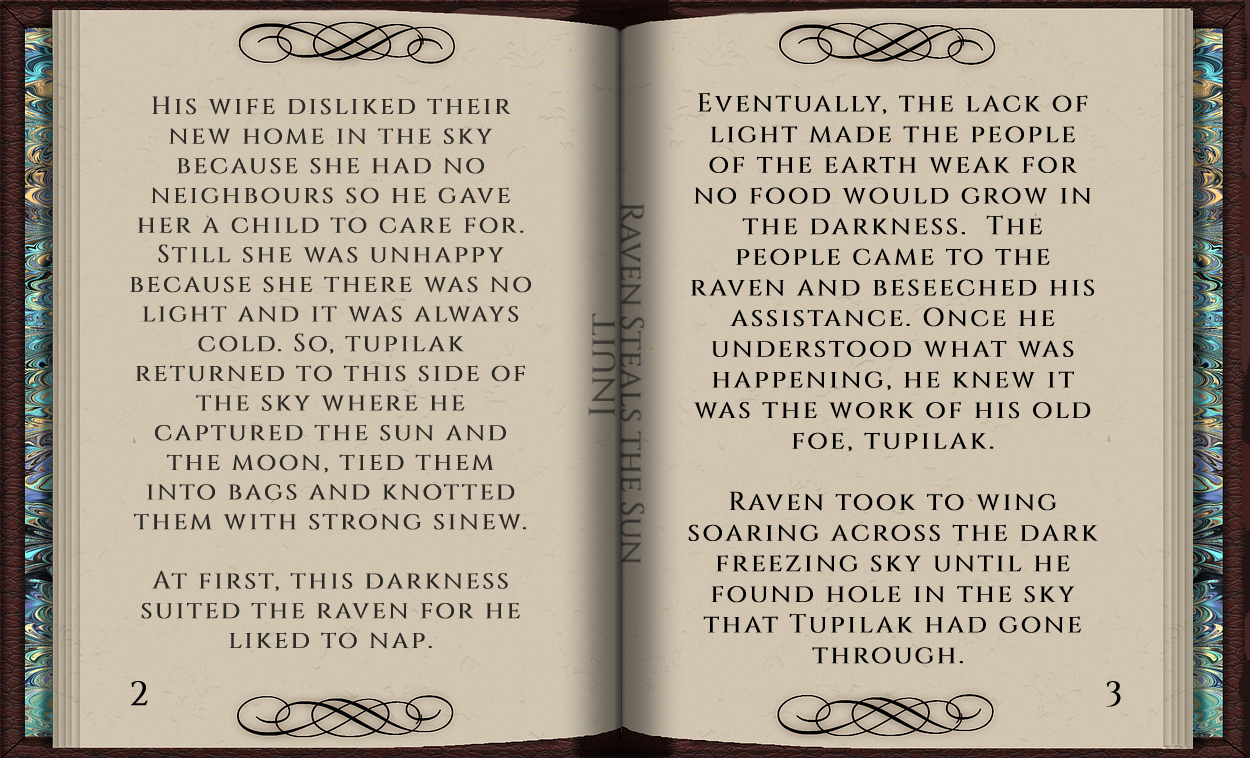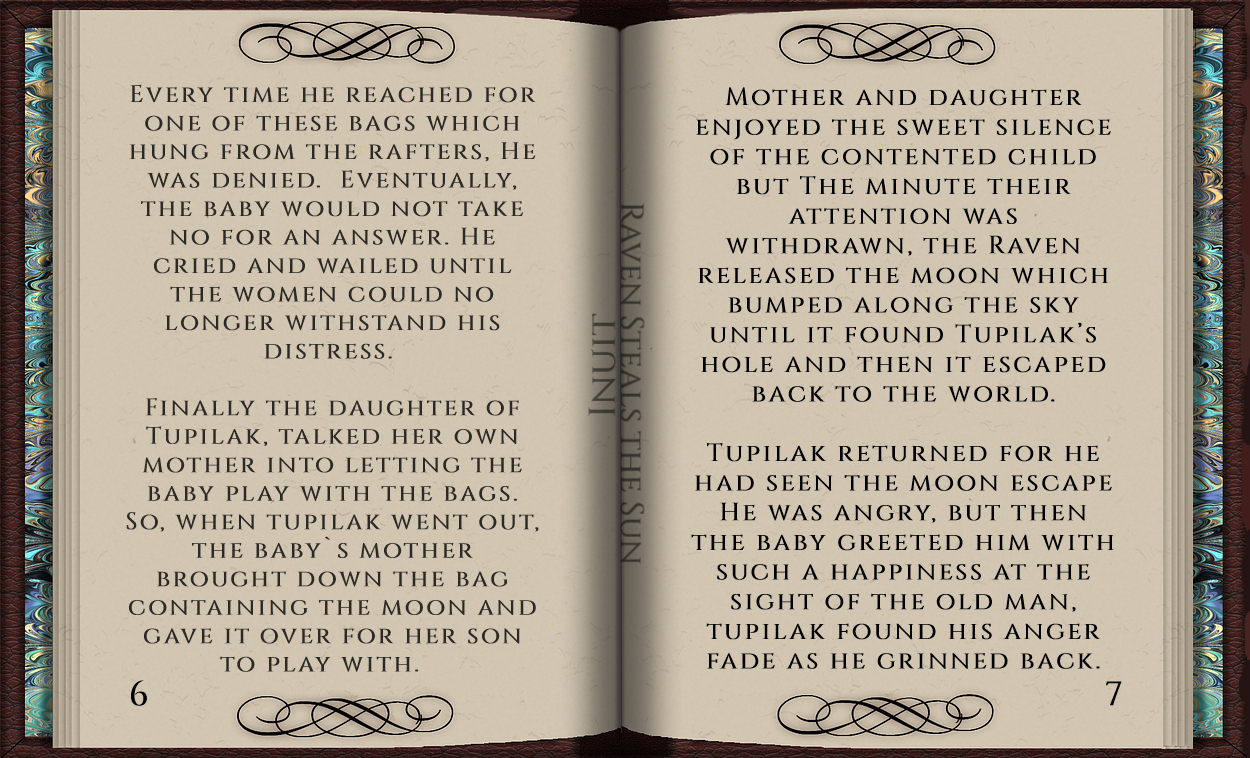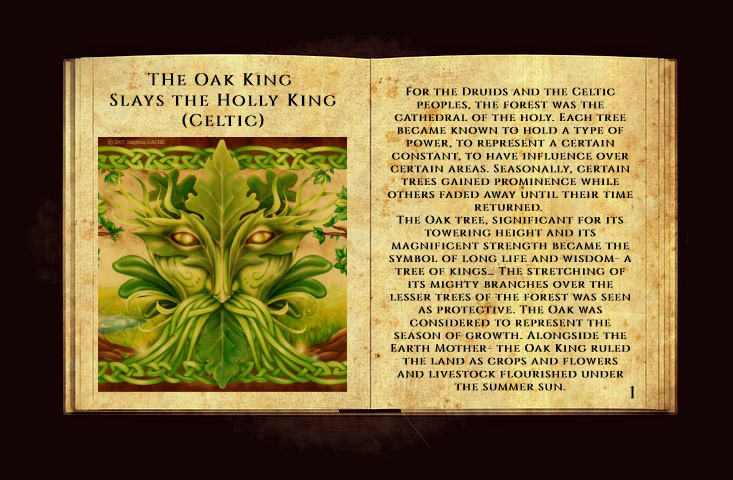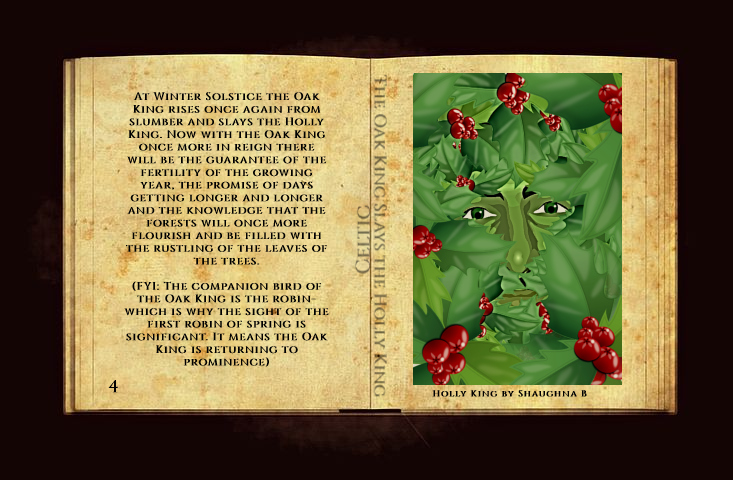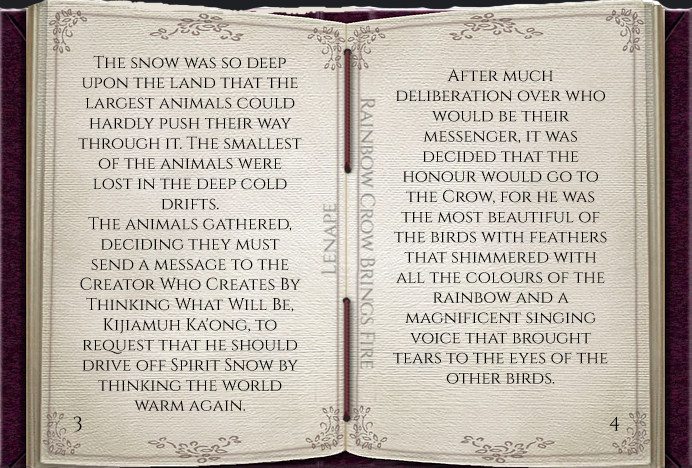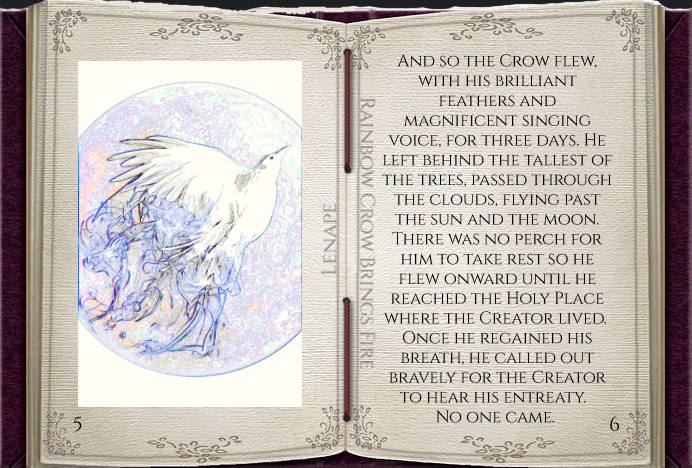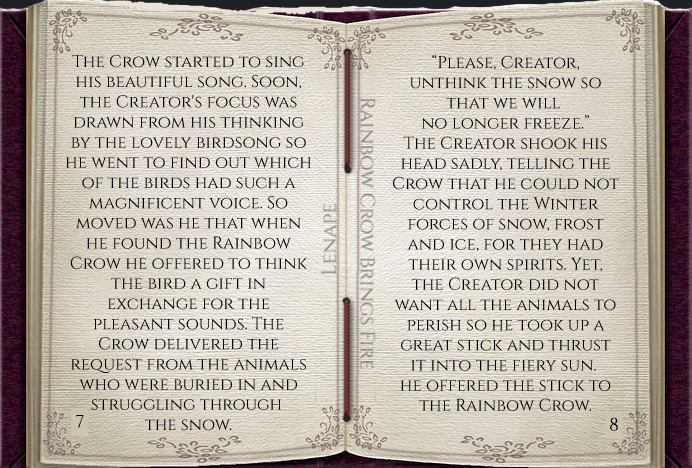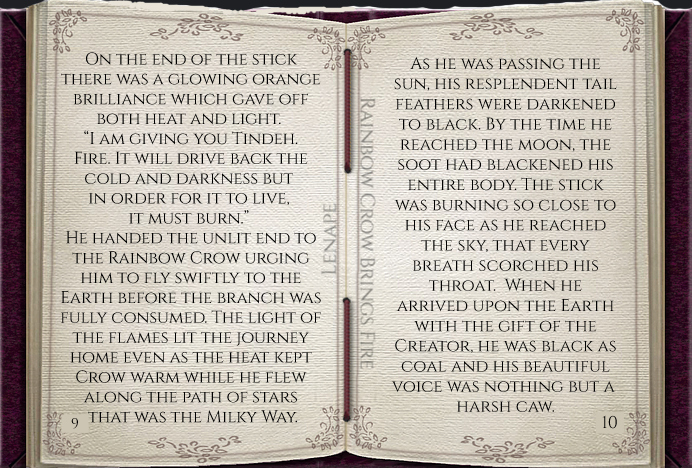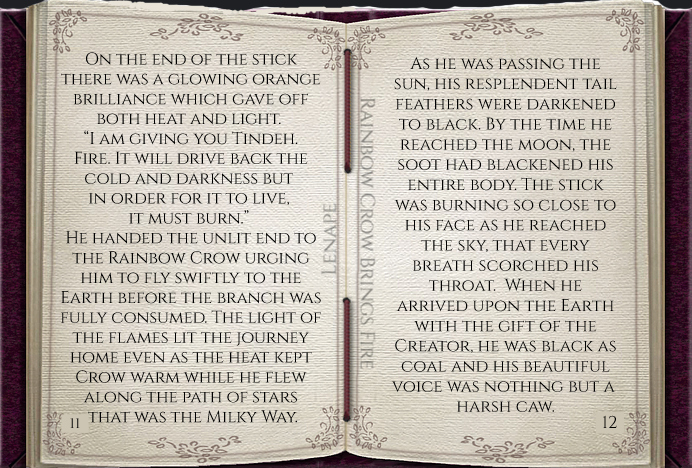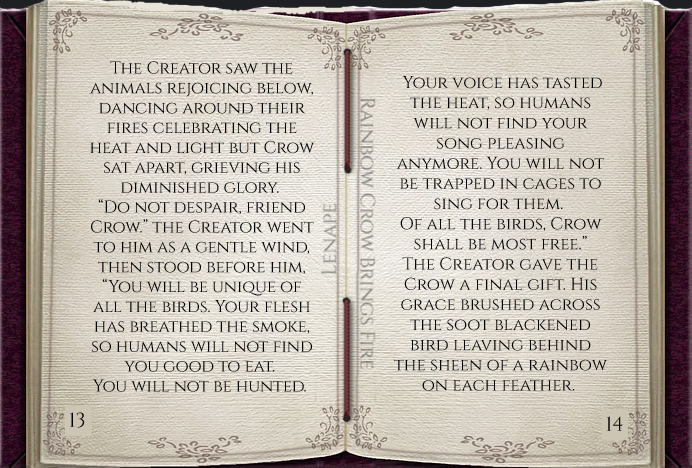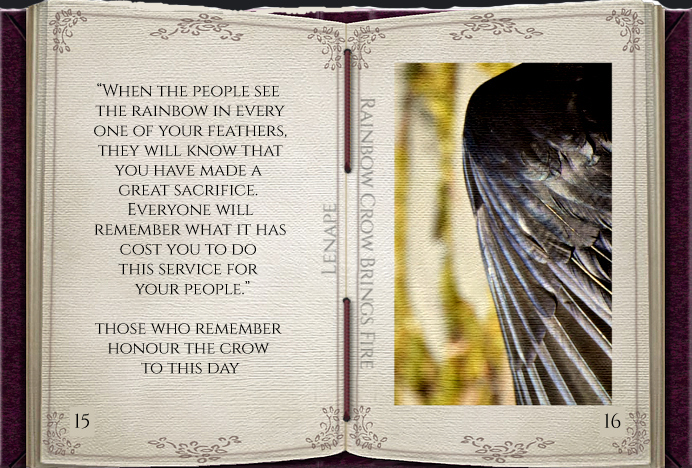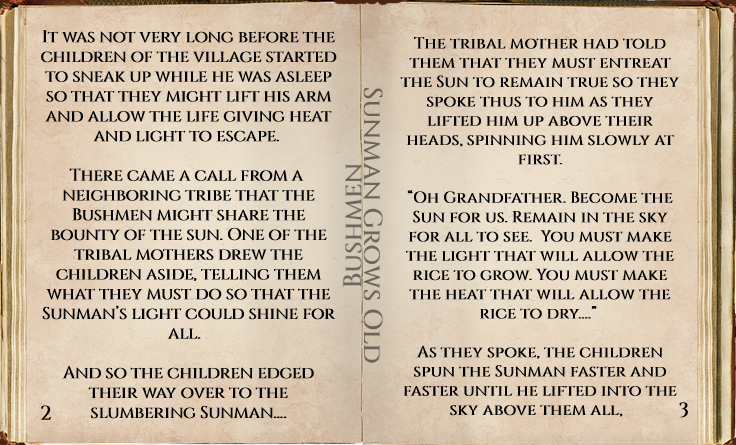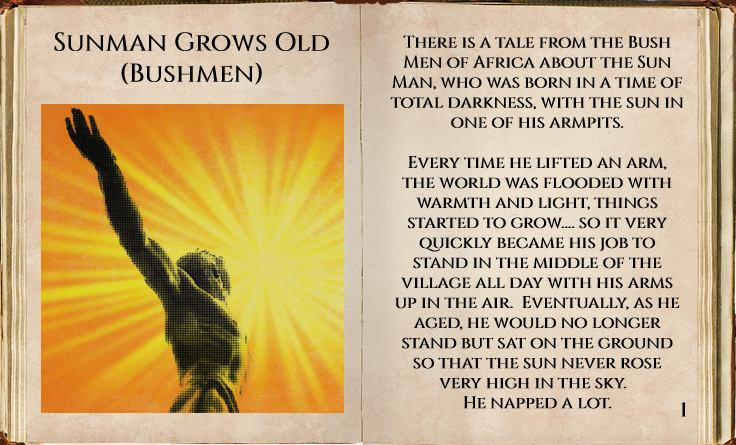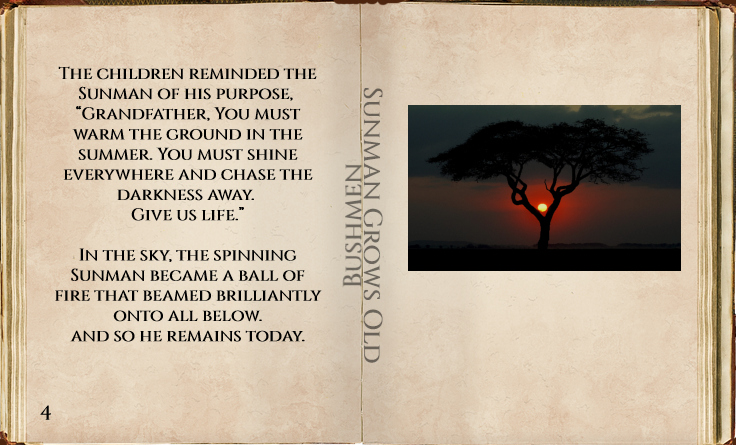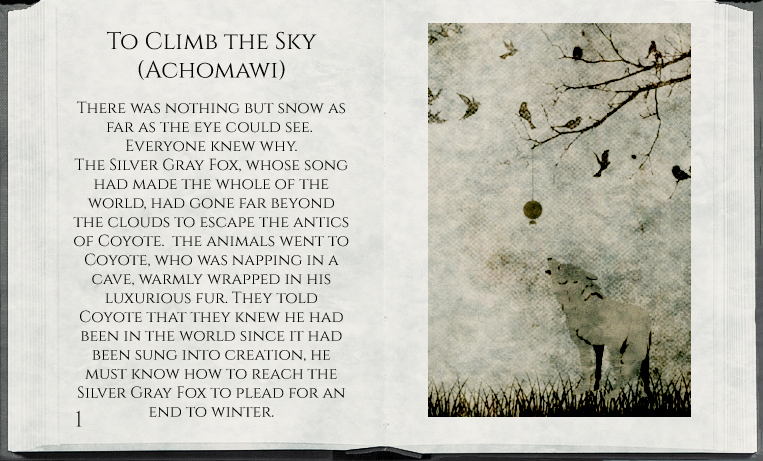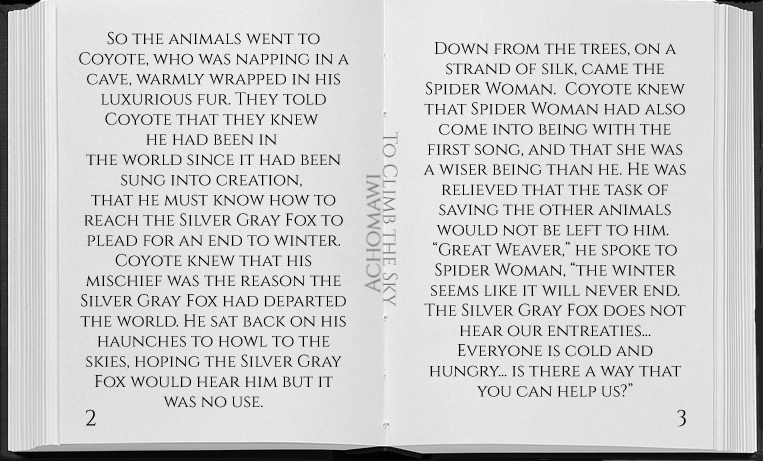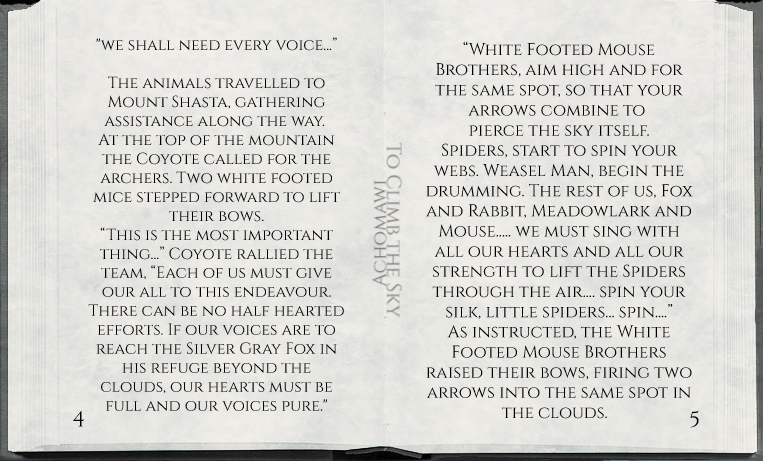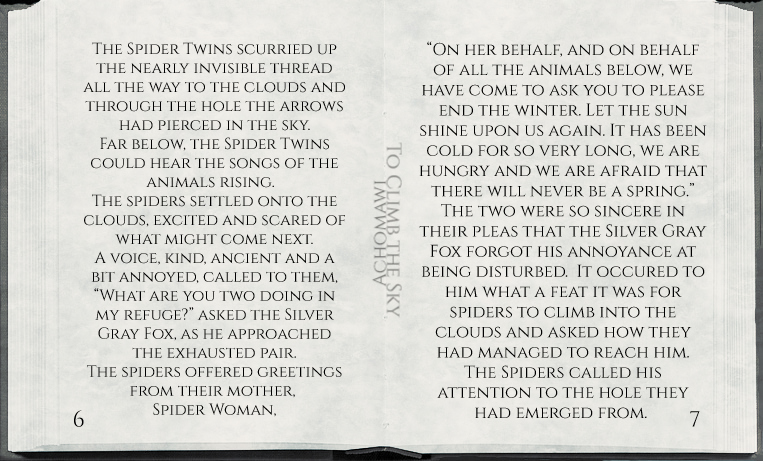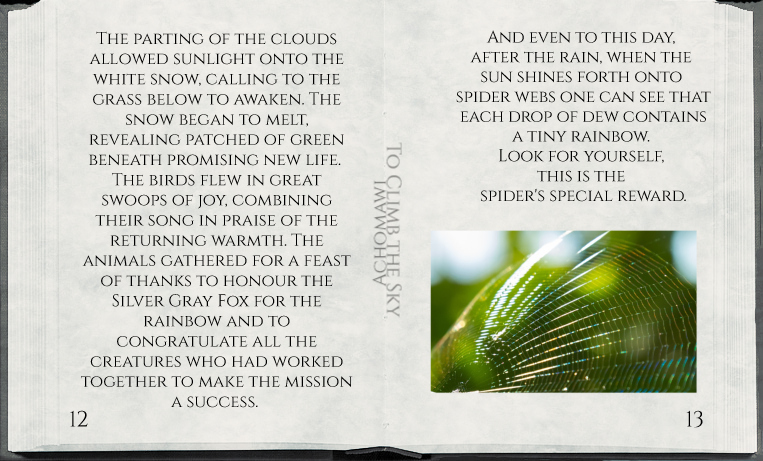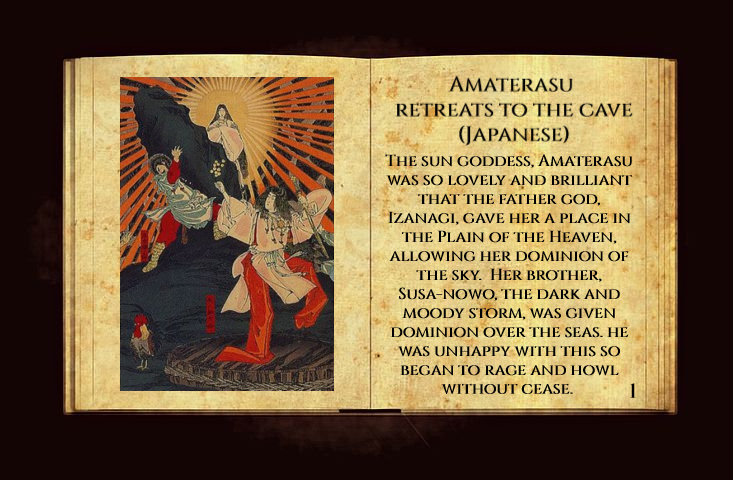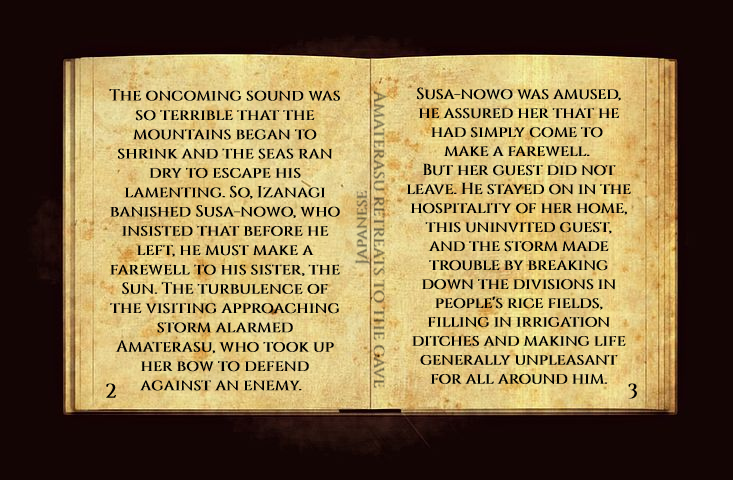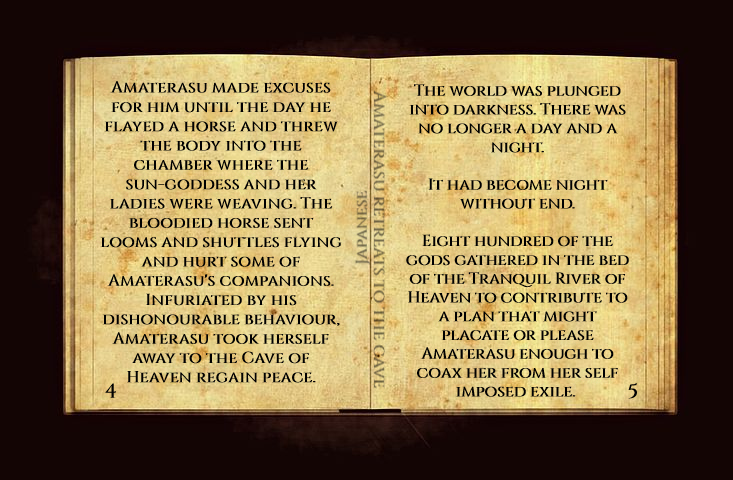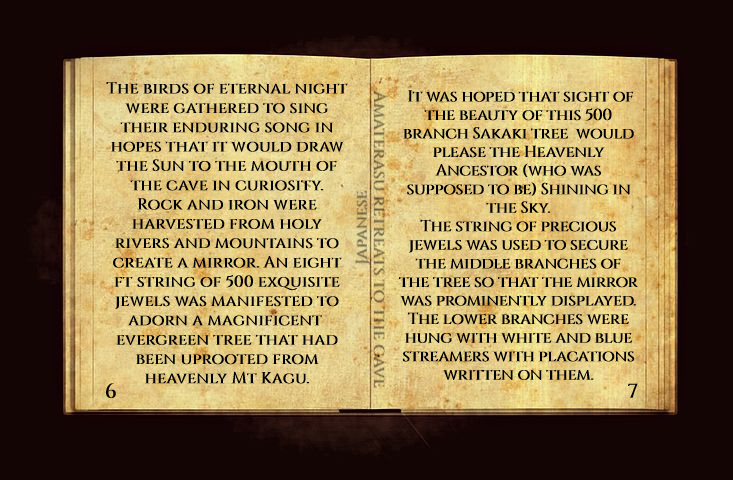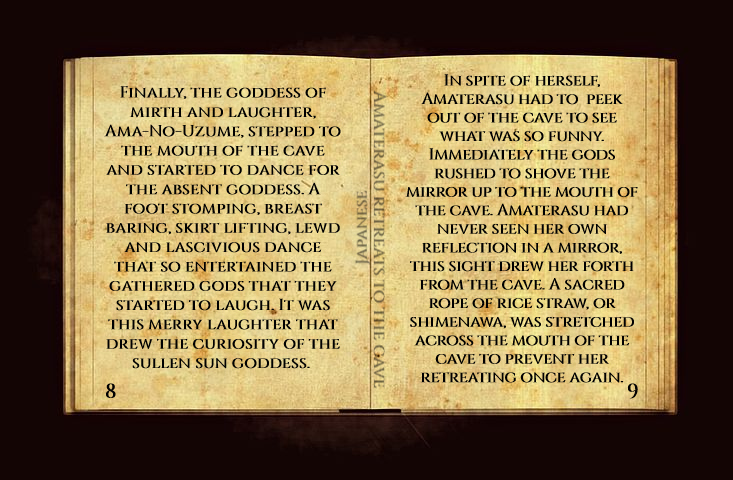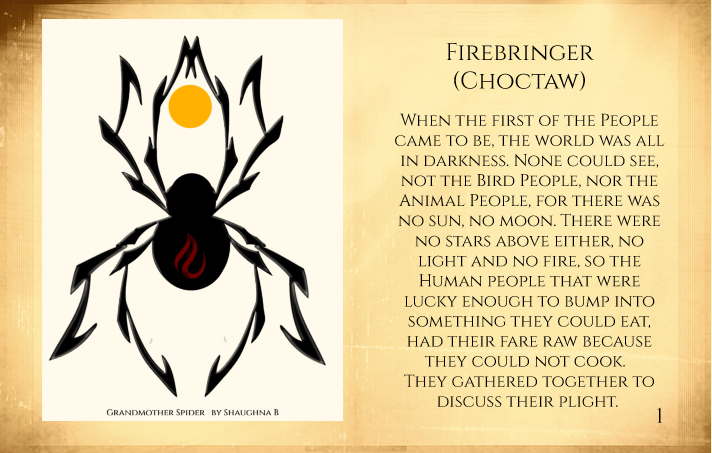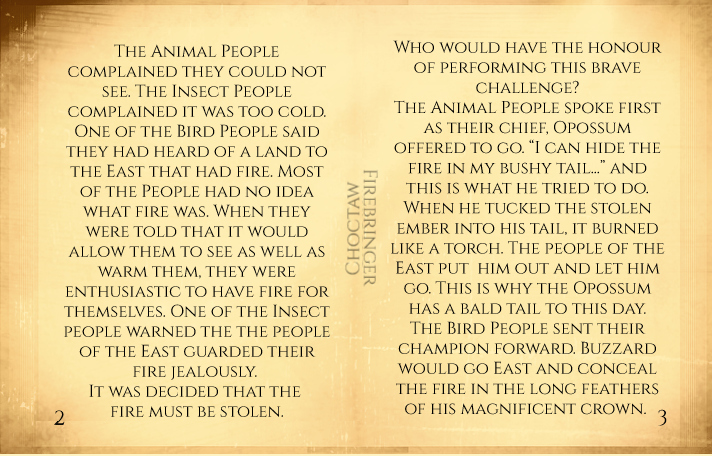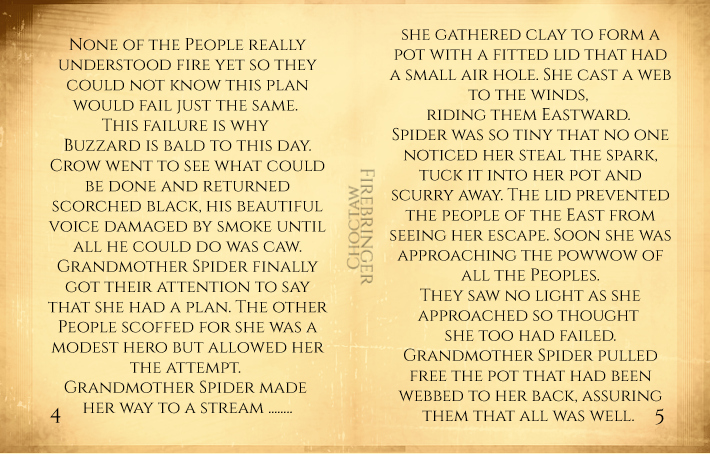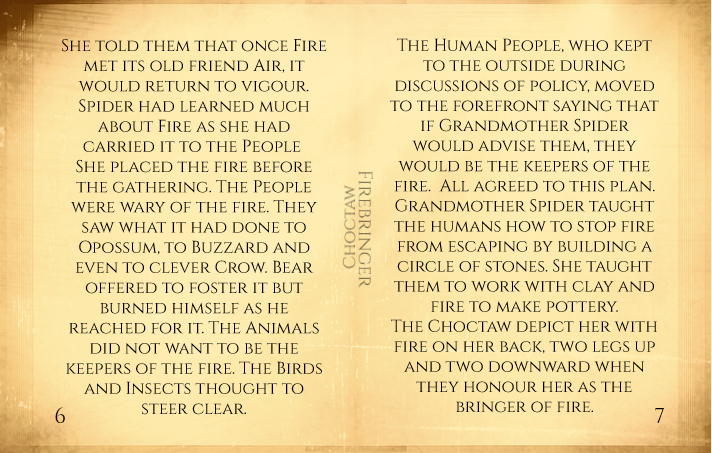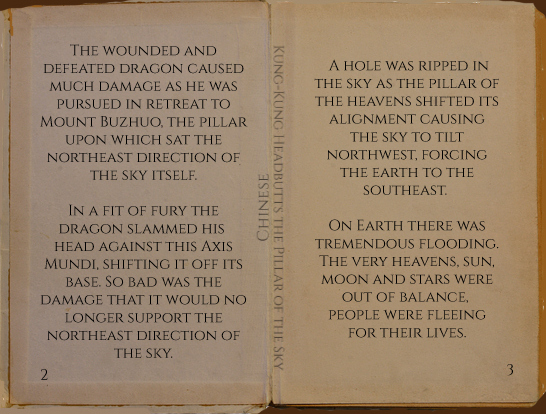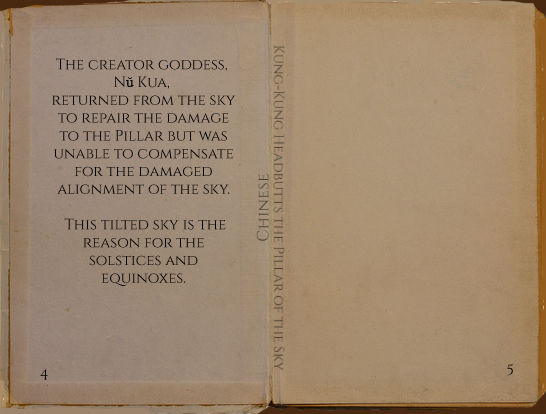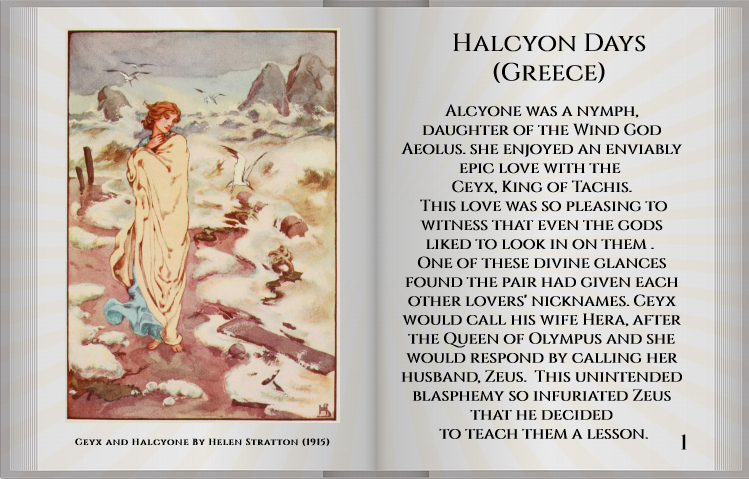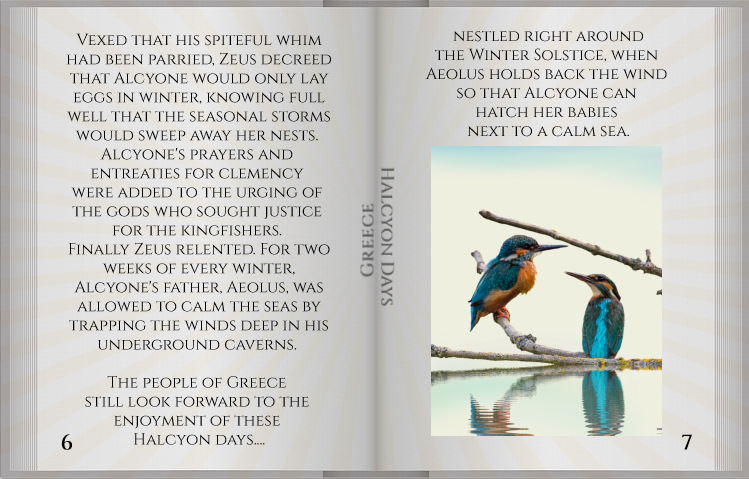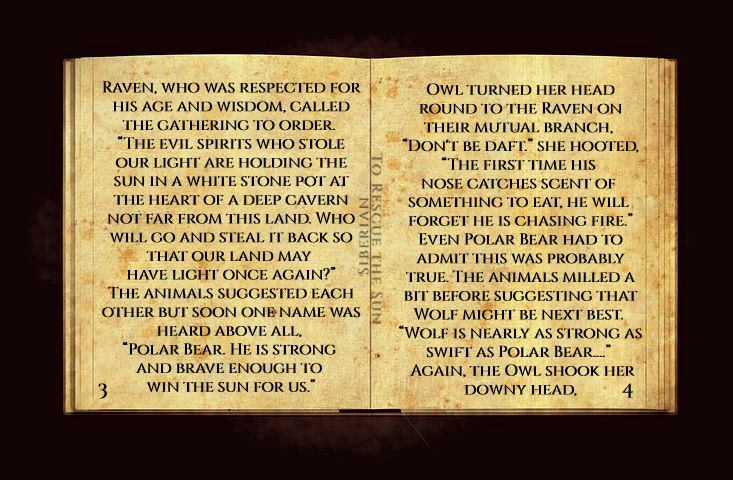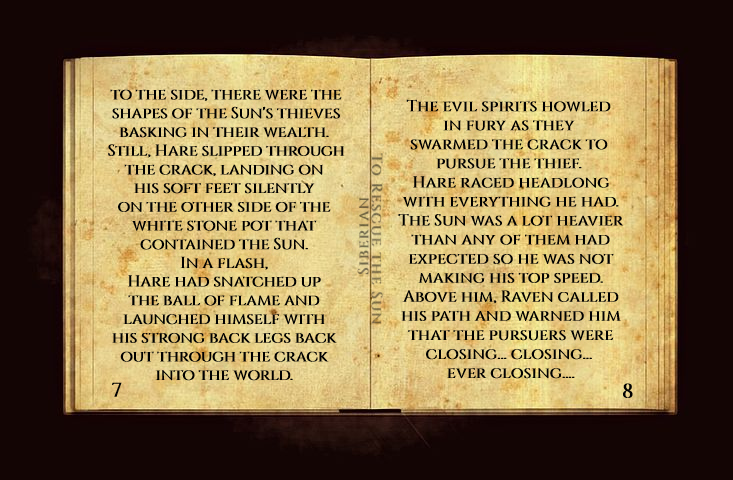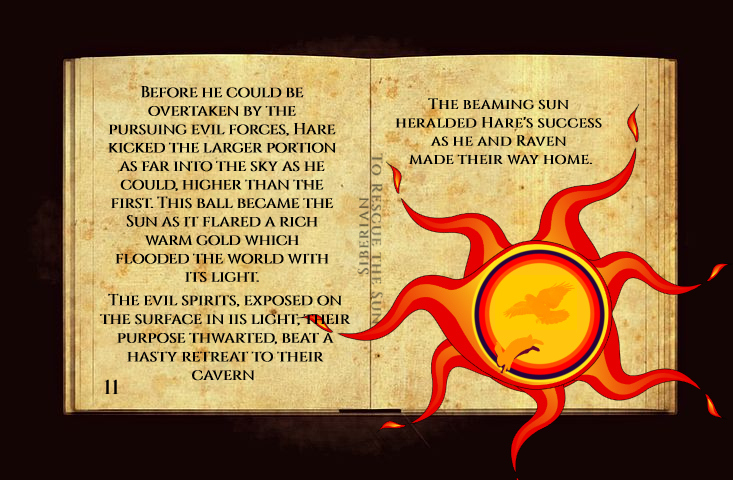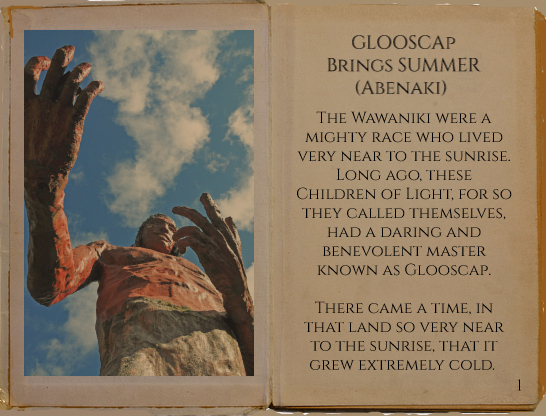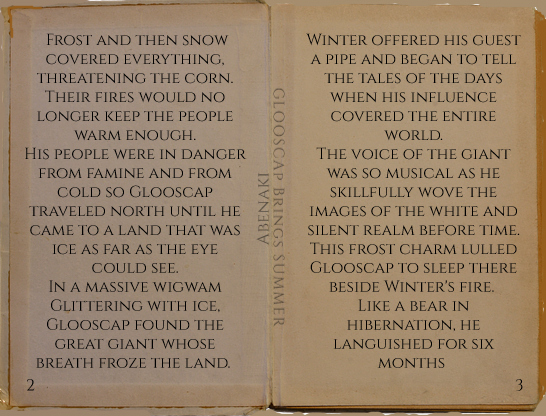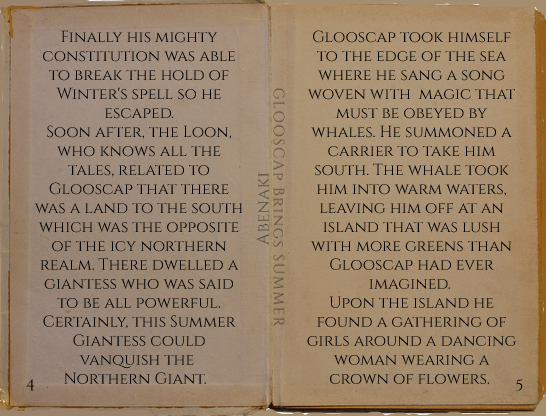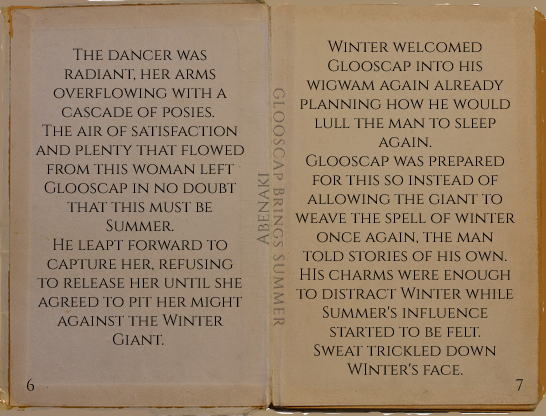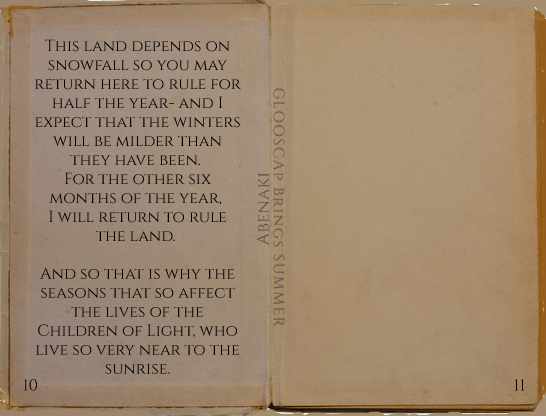As the light dwindled in the sky and the days grew shorter, the ancients wondered what was happening to the sun. Their shamans and storytellers supplied the answers. Gods and goddesses were fighting for the survival of all life, playing games in the sky or battling each other for supremacy.
Ancient peoples worked to be in balance with the forces of nature as they understood them. Many cultures carefully watched the sun so that they would know when to plant, when to harvest and when to batten down the hatches for winter.
What people do not know or understand, they make up stories to explain.
What the ancients feared, they named so that they could understand it in some way.
There are common patterns with Deities representing the sun or the light as the central theme. At latitudes where the tilt of the earth causes the sun to dip very low, tales are told where the threat to the sun is mortal so the people must come forward in the sun's defense. Closer to the equator, we will sometimes see the sun as simply losing interest or a diminishing of its capacity to perform its duty so the festivals and ceremonies are to remind of, or bind it to, its task
These days, most people think back on the mythical explanations that forces of nature were gods and goddesses as quaint legends. We know better.
We have forgotten what it is to huddle in a fire-lit cave while thunder splits the night sky with sound and shakes the earth around us, so we no longer need know the names of the thunder gods to assure us there is some kind of order in the universe
These Solstice tales are formatted in slideshow so you may read the wee books by clicking on the image for the next page
The Nipmuc or Nipmuck people are descendants of the indigenous Algonquian peoples of Nippenet, 'the freshwater pond place', which corresponds to central Massachusetts and immediately adjacent portions of Connecticut and Rhode Island.
https://en.wikipedia.org/wiki/Nipmuc
The Chumash are a Native American people who historically inhabited the central and southern coastal regions of California, in portions of what is now San Luis Obispo, Santa Barbara, Ventura and Los Angeles counties, extending from Morro Bay in the north to Malibu in the south. They also occupied three of the Channel Islands: Santa Cruz, Santa Rosa, and San Miguel; the smaller island of Anacapa was likely inhabited seasonally due to the lack of a consistent water source
https://en.wikipedia.org/wiki/Chumash_people
The Chinook tribe were an important Native American Indian people who controlled the mouth of the northern mouth of the Columbia river. The Chinook Indians are original people of the Pacific Northwest Coast. They live in present-day Washington and Oregon.
https://en.wikipedia.org/wiki/Chinookan_peoples
Inuit (/ˈɪnjuɪt/; Inuktitut: ᐃᓄᐃᑦ 'the people', singular: Inuk, ᐃᓄᒃ, dual: Inuuk, ᐃᓅᒃ)[6][7][8] are a group of culturally similar indigenous peoples inhabiting the Arctic regions of Greenland, Canada and Alaska
https://en.wikipedia.org/wiki/Inuit
The Lenape, also called the Leni Lenape, Lenni Lenape and Delaware people, are an indigenous people of the Northeastern Woodlands, who live in the United States in Oklahoma and Wisconsin as well as in Canada in Ontario.
https://en.wikipedia.org/wiki/Lenape
The San peoples, also known as the Bushmen, are members of various Khoe, Tuu, or Kx'a-speaking indigenous hunter-gatherer groups that are the first nations of Southern Africa, and whose territories span Botswana, Namibia, Angola, Zambia, Zimbabwe, Lesotho and South Africa. https://en.wikipedia.org/wiki/San_people
Achomawi (also Achumawi, Ajumawi and Ahjumawi), are the northerly nine (out of eleven) bands of the Pit River tribe of Native Americans who live in what is now northeastern California in the United States
https://en.wikipedia.org/wiki/Achomawi
The Choctaw (in the Choctaw language, Chahta) are a Native American people originally occupying what is now the Southeastern United States (modern-day Alabama, Florida, Mississippi and Louisiana).
https://en.wikipedia.org/wiki/Choctaw
Today 2000 Abenakis live on two reserves in Quebec, and another 10,000 Abenaki descendants are scattered throughout New England. Only the Canadian Abenaki tribe is officially recognized, but there are at least three Abenaki bands in the United States: the Sokoki and Mazipskwik Abenakis of Vermont and the Cowasucks of Massachusetts.
http://www.native-languages.org/abenaki.htm
